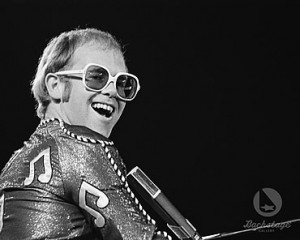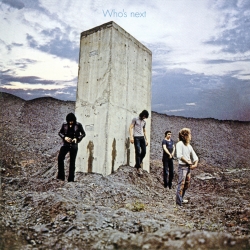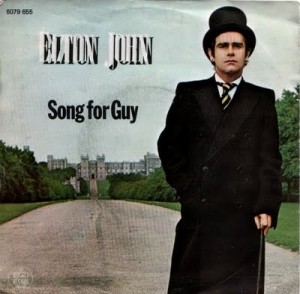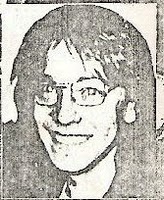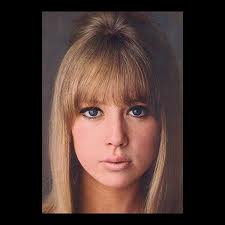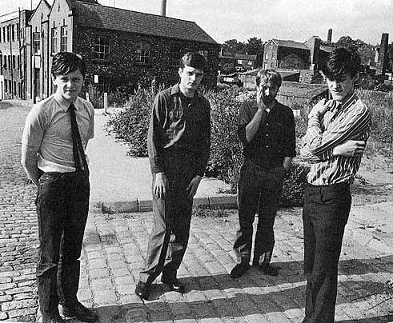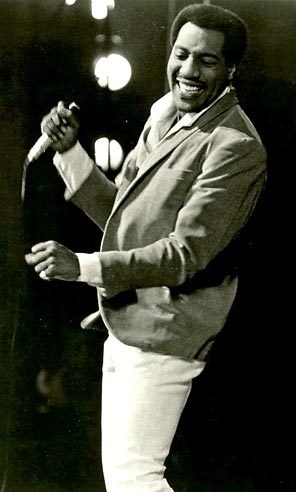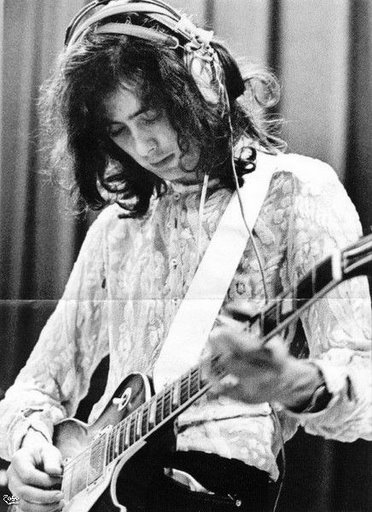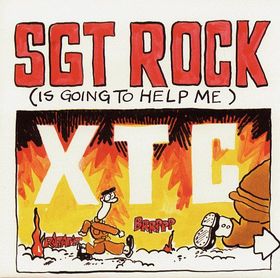
The First Top 20 Single Penned By Andy Was A Song He Really Hated: “Sgt. Rock (Is Going To Help Me)”
As you know, the song that gave the Swindon-based art rockers their first taste of success was “Making Plans For Nigel”. That was the first single culled from “Drums & Wires”, and it was a Top 17 hit. But it wasn’t penned by Andy Partridge. Rather, it had been composed by bassist Colin Moulding.
Andy would have to wait until the next album (Black Sea) to have a Top 20 hit of his own. Yet, fate dictated that his least-liked composition from the whole LP was to be the one putting him on the map. The song “Sgt. Rock (Is Going To Help Me)” got to number 16 on the charts.
Andy was to lament forever more that a song harking back to his puerile writing days became his first hit. Remember, at that time he was already penning stuff like “Living Through Another Cuba” and “Respectable Street”. Continue reading

